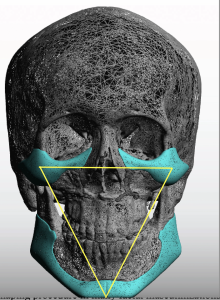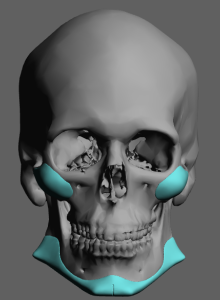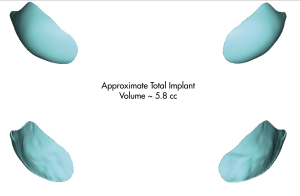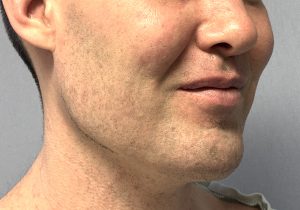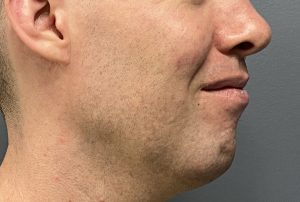Background: Facial reshaping surgery most commonly involves modifications of the bones albeit augmentative or reductive. Masculinizing the face is typically augmentative in nature while facial feminization focuses mainly on reduction procedures. It is for this reason that facial masculinization almost always involves implants with a few exceptions such as the sliding genioplasty for chin augmentation and more rarely zygomatic widening osteotomies.
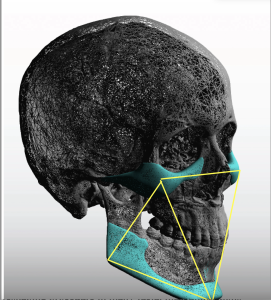
In thicker facial tissue patients, often seen in rounder for fuller faced patients, there is a limit as to how much facial definition can be achieved. It is true that the greater the corner augmentations the more the soft tissues are stretched out over the augmentation and what lies between them (trampoline area) becomes less full. This is where defatting in the non-skeletally supported areas (cheeks and neck) may help collapse the soft tissue between the augmentations. But there is a balance between too much of an augmentation in trying to achieve that effect. While improved facial definition is always a good goal in the thick skinned patient improved facial proportions may be the more realistic goal.
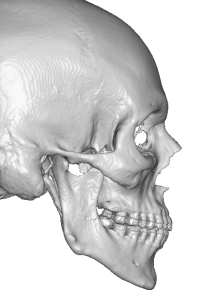


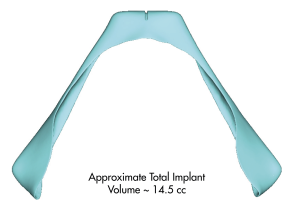
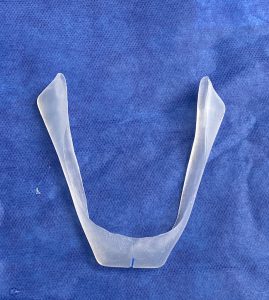
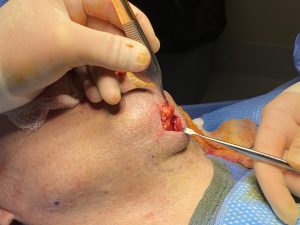
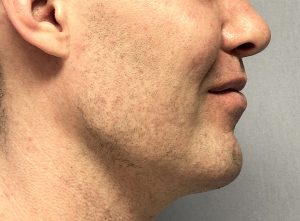
Key Points
1) The combination of custom cheek and jawline implants is the common structural facial reshaping procedure for men.
2) In thicker skin/tissue patients fat reduction in the bony supported trampoline area is often done as well to help with enhancing whatever facial definition is possible to achieve.
3) Thick tissue patients present challenges for obtaining as much facial definition as they would like but they do always obtain better facial proportions.
Dr. Barry Eppley
World-Renowned Plastic Surgeon



